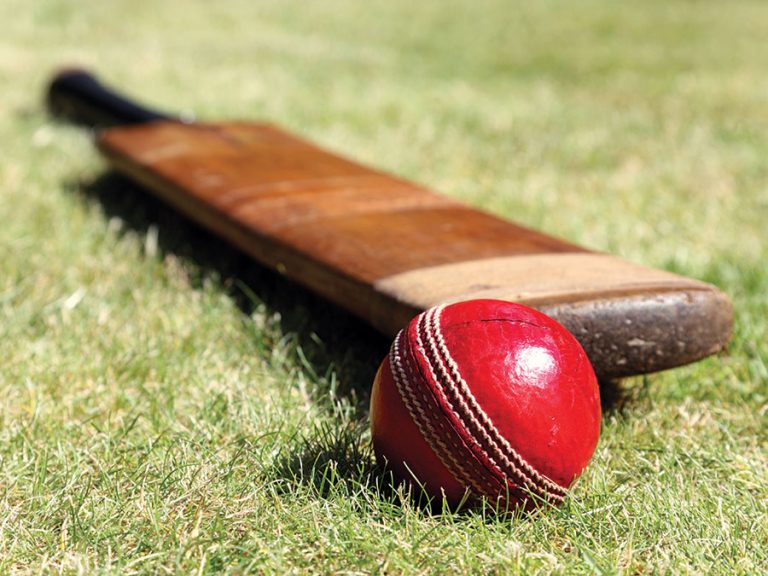Before you buy a Cricket Bat, there are several factors you need to consider. You need to consider the origins of this species, as well as the shapes and grades of each bat. Next, you should consider the materials used to make these bats. Read on to learn more! Then, you will know the right way to buy one to suit your needs. We will cover each of these in detail. After all, you should be able to choose the right cricket bat that will maximize your enjoyment of this game!
Origins of cricket
There are several theories about the origins of the cricket bat. Some claim that the game began in the 8th century in the Mediterranean region, where shepherds defended wicket-gates in paddock fences by using their crooks to hit away rocks. Others say that the first international game of cricket was played as early as the 8th century, when bat and ball games were played in the Punjab region of southern Asia.
Early cricket bats were much different than the ones we know today. The term cricket bat first appears in 1624, when a player struck a fielder with a cricket bat to stop the catch. The fielder died in the incident, and the assailant was prosecuted for obstructing the field. In 1771, the width of a cricket bat was set at 4.25 inches, and its length was set at 38 inches.
Grades of cricket bats
The difference between best cricket bat of different grades lies in their materials. The highest quality cricket bats will be Grade 1 in composition and will have Straight grains. Grade two cricket bats are also of good quality, but may not last as long as their higher-grade counterparts. There are also differences between Grades of cricket bats in terms of size and grain orientation. For these reasons, it is important to check the specifications of your cricket bat before purchasing it.
A grade three cricket bat is similar to a grade two, but has minor cosmetic defects. While it may have more red wood than its grade one counterpart, it does not affect the playability. The number of grains is similar to a grade one, and the bat may have an odd stain. The difference between grades 3 and 4 is usually in the amount of colour that the bat has. The bats in these grades are not necessarily inferior to grade one, but they are a bit more expensive.
Shapes of cricket bats
The shape of a cricket bat describe as a paddle. Its handle is cylindrical and widens towards its blade. The blade is wider than the handle, and is flat on one side and V-shaped on the other. The V-shaped ridge allows for more wood in the middle of the bat. Cricket bats of many shapes, and each designed for a certain style of play. Cricket bats generally curve slightly in the middle.
Cricket bats come in many shapes and sizes. They usually come in one of two basic types: cricket and baseball. Cricket bats traditionally made of willow, and have a V-shaped incision in the blade. While baseball bats usually made of one piece of timber, they usually have an extension at the top. Softball bats, on the other hand, usually have a cylindrical body section and an outwardly tapering handle. This is where the bat will strike the ball.
Materials used to make cricket bats
There several different materials used to make cricket bats, including cork, wood, and synthetics. The wood used for cricket bats is known as Manau, and is harvested from the jungles of Sumatra and Malaysia. The fibre is stronger and less elastic than other fibres, and comes in straight and twisted varieties. This plant originated in New Zealand, but is now grown worldwide, especially in the Americas. The seeds of this plant also used in the making of linseed oil, which is essential to cricket survival. Linseed oil applied to the bat to keep it moist, and this is one of the reasons it considered a crucial material for cricket bats.
The surface hardness of the bamboo is also important, and this reflected in the bat’s performance. The harder the material is, the better it transfers energy to the cricket ball. However, it’s important to note that too-hard bamboo may actually damage the cricket ball, and it’s unlikely to last very long. However, many cricket players use bats made of bamboo, and it is an important part of the sport.
Performance of cricket bats
Cricket bats vary widely in performance, but there are some consistent factors that make one better than the other. A cricket bat made of a composite material (cork, wool, and leather) tends to be less deformable than a bat made of the same materials. Cricket balls, on the other hand, tend to be more rigid than a cricket bat made of willow. This is due to the fact that cricket balls are made in various ways, with their cores varying significantly in stiffness and construction. In one study, impacts landing on the seam caused greater deformation.
The weight of cricket bats is a critical factor in their performance. In the same study, researchers used finite element models to investigate the effectiveness of cricket bats and their performance. A good correlation found between experimental and numerical data for both weight and MOI. However, when comparing the two different types of bats, the results of the two groups did not agree, so further research is required to determine how best to design a cricket bat for the most effective performance.
